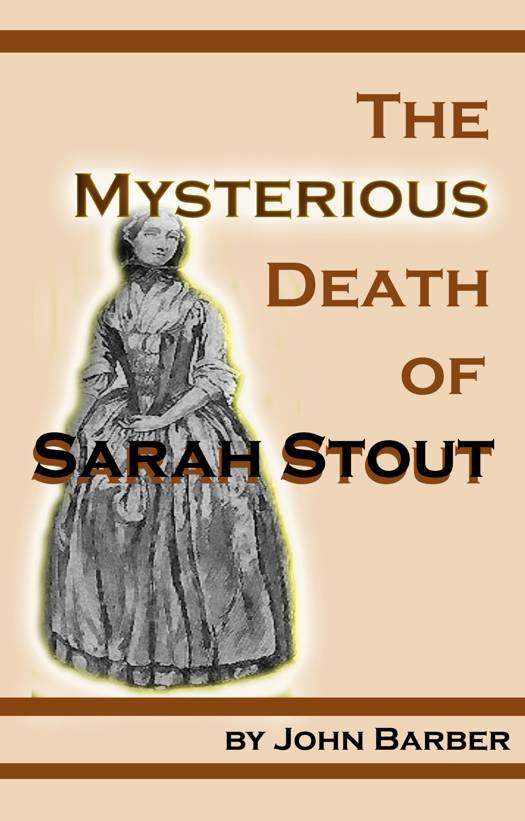
- Afhalen na 1 uur in een winkel met voorraad
- Gratis thuislevering in België vanaf € 30
- Ruim aanbod met 7 miljoen producten
- Afhalen na 1 uur in een winkel met voorraad
- Gratis thuislevering in België vanaf € 30
- Ruim aanbod met 7 miljoen producten
Omschrijving
When the lifeless body of Sarah Stout was found in the River Lea the prime suspect was Spencer Cowper who was the last person to be seen with her. She was the wealthy daughter of an eminent Quaker in Hertford and he was the son of Hertford's MP. This was March 1699 and became the most infamous criminal case in legal and medical history of its time. To this day there is no solid evidence to support the theory that she was drowned, or had committed suicide or had been murdered and her body dumped in the river by Cowper. Spencer Cowper and three friends were charged and tried for her murder and defended by Cowper himself who was a qualified barrister. Despite being acquitted Cowper was always suspected of murder and his professional career forever tainted. On the other hand there is little evidence to support any other theory as to how Sarah Stout met her fate (something Cowper mentioned at the trial). The medical teams argued over the nature of drowning and the lack or otherwise of signs that this was the cause of death. What was certain was that Cowper left Sarah at 10.45 pm on the night of 13th March 1699 and her body was found at 6.00am the next morning. The inquest on the 14th March ruled the cause of death as suicide whilst 'not in her own mind'. It was Sarah's mother who arranged an inquest and a writ for Spencer Cowper to be tried for murder along with his three friends, all involved in the legal profession. This is the story of the days surrounding her death and the trial in July of that year. What emerges is a story of religious, political and social battles fought in a court where a guilty verdict brought death. It also highlights the same divides in Hertford at that time where Tories fought Whigs for political power and Quakers were forbidden high office; a situation whereby certain witnesses were unable to give evidence. At this time the accused were not allowed to be cross-examined. What really happened on the night of March 13th has been the subject of much speculation in local history books and articles over the following three hundred plus years. This book details the complete story drawing on the trial records as well as contemporary reports and leads towards a conclusion that may not satisfy any side involved in the original argument. It does offer a credible solution as to how Sarah Stout's life ended in the River Lea and answers the centuries old question – Who killed the Quaker?
Specificaties
Betrokkenen
- Auteur(s):
- Uitgeverij:
Inhoud
- Aantal bladzijden:
- 154
- Taal:
- Engels
Eigenschappen
- Productcode (EAN):
- 9780463151792
- Verschijningsdatum:
- 31/10/2018
- Uitvoering:
- E-book
- Formaat:
- ePub

Alleen bij Standaard Boekhandel
Beoordelingen
We publiceren alleen reviews die voldoen aan de voorwaarden voor reviews. Bekijk onze voorwaarden voor reviews.











